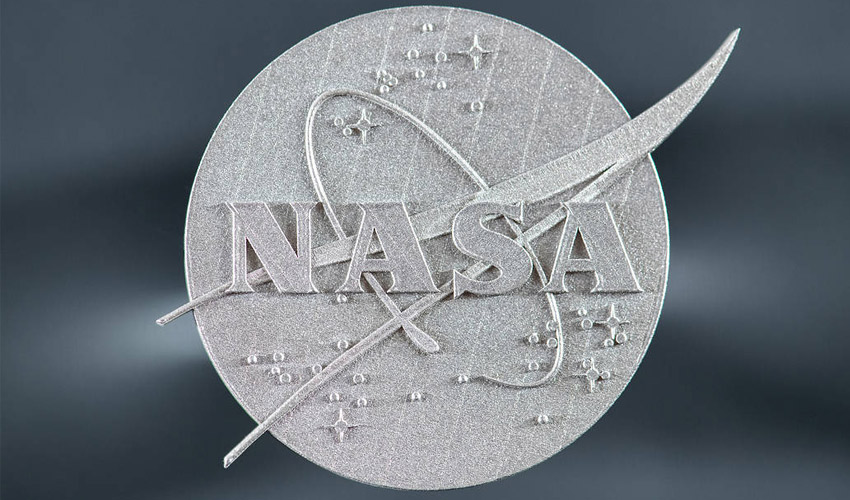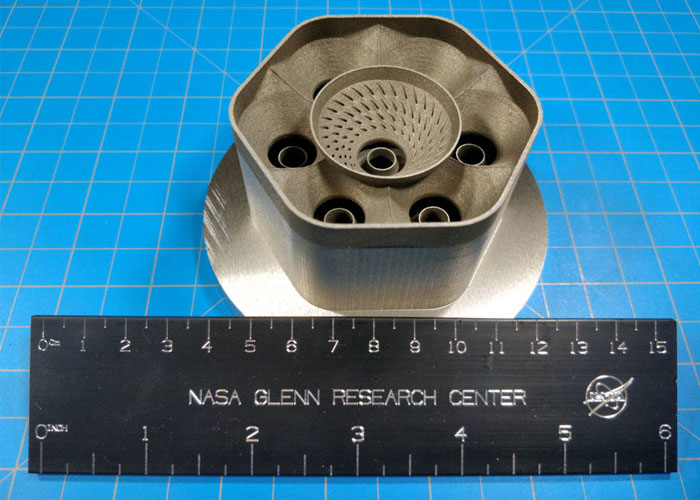NASA’s 3D Printed GRX-810 Superalloy Could Make Stronger Parts for Airplanes and Spacecraft

A year ago, NASA unveiled a new alloy that it claimed was more resistant and durable, potentially making it perfect for demanding aerospace applications. Called GRX-810, it was created through 3D printing and oxide dispersion, which would significantly improve its performance. Now, a team from NASA and Ohio State University have worked on characterizing the superalloy, which was made in part through additive manufacturing. Furthermore, the manufacturer 3D Systems took the opportunity to test it on its metal 3D printing platform, confirming the superior properties of this new material.
As a reminder, in order to create GRX-810, NASA relied on a technique to place small oxide particles in a metal matrix to improve its properties, including heat resistance, strength and ductility. To accelerate this step, called oxide dispersion, the researchers used computer modeling and laser powder bed fusion to find the ideal composition of the superalloy in just a few minutes. In concrete terms, they start with a nickel and cobalt-chromium based alloy in which they disperse oxide particles on a nanometric scale, using the 3D printing process, layer by layer.

Part made using the GRX-810 superalloy (Photo Credits: NASA)
Tim Smith of NASA’s Glenn Research Center in Cleveland adds, “This superalloy has the potential to dramatically improve the strength and toughness of components and parts used in aviation and space exploration.” Indeed, GRX0810 is considered to be twice as strong, over 1,000 times more durable and twice as resistant to oxidation as current state-of-the-art 3D printed superalloys which can wisthstand temperatures of up to 2000˚F. Moroever, to verify its properties, NASA is working closely with 3D Systems to test parts made with this superalloy. The idea is to see if the superalloy can be used to create high-performance components that can hold up in such demanding applications as rocket engines. The first tests carried out have so far been successful.
Michael Shepard, further Vice President of 3D Systems’ Aerospace and Defense segment, explains, “The successful verification of the reported NASA GRX-810 properties is a testament to the incredible potential of this new super alloy, not only in its performance but in its capability to be produced repeatably. Our work with this material provided by NASA underscores our commitment to pushing the boundaries of additive manufacturing and enabling the production of next-generation aerospace components. We are thrilled to be part of the early stages of this exciting development and look forward to unlocking new possibilities with GRX-810.” You can find more details in the article published in the journal Nature HERE.
What do you think of NASA’s GRX-810 superalloy? Let us know in a comment below or on our LinkedIn, Facebook, and Twitter pages! Don’t forget to sign up for our free weekly Newsletter here, the latest 3D printing news straight to your inbox! You can also find all our videos on our YouTube channel.
*Cover Photo Credits: NASA






